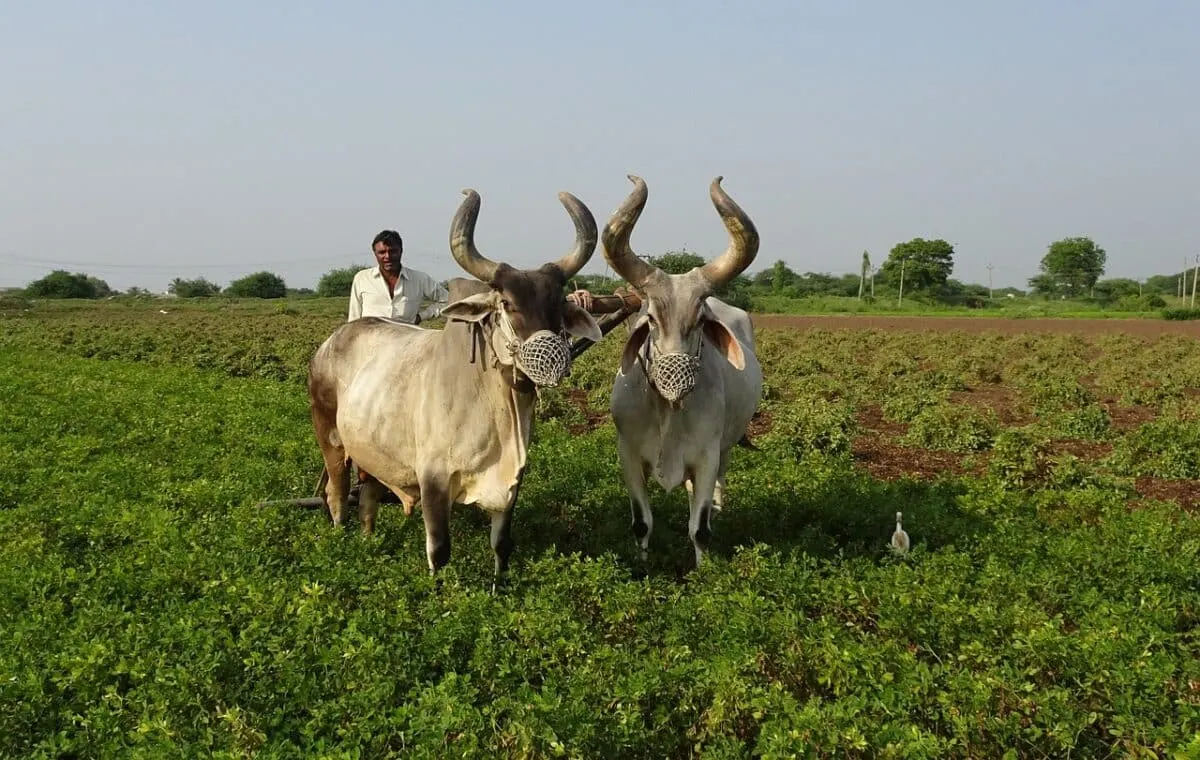This post is all about the resilient and iconic Zebu – a type of cattle that is highly adaptable.
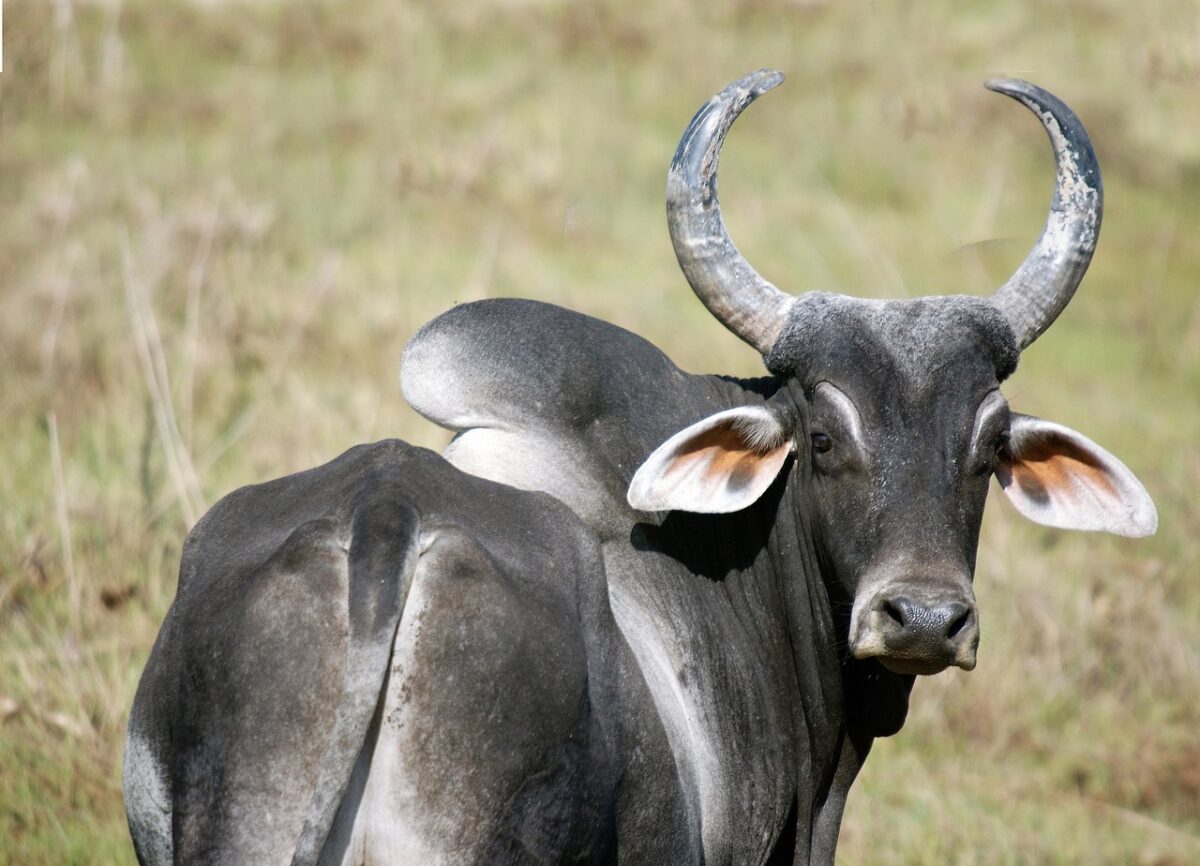
Zebu is an iconic cattle breed that originated in South-West Asia. Nowadays be found throughout Asia and various regions of Africa. Their beautiful coat often ranges from soft grayish blacks and pinks to striking whites with brown eyes.
Aside from their jaw-dropping physical characteristics, they have an important history passed down through generations with fascinating rituals still practiced today.
From culture and mythology to economics and conservation efforts, join us as we investigate the current state of Zebu affairs and uncover how these stunning animals were seen centuries ago.
In this article, we will explore the remarkable nature of this amazing creature and outline how they should be cared for. Let’s understand what makes them unique in the world of livestock.
Characteristics of a Zebu
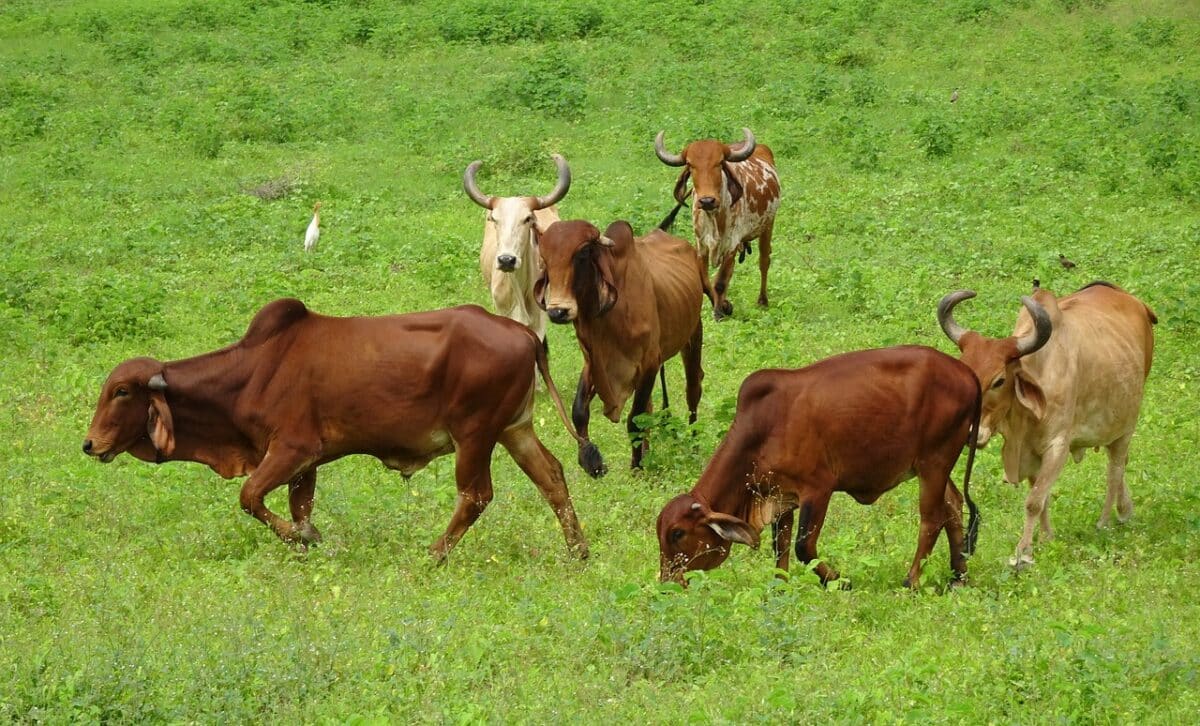
Zebus are a species of cattle known for their long and often curved horns. Another iconic feature is the fatty hump on their shoulders. They also have thick skin covered in short, stiff hair ranging from gray to reddish brown.
Also, Zebus are known for having a docile and hardworking temperament, making them ideal for use in agricultural activities such as plowing, hauling, and providing dairy products.
Additionally, they can survive in extreme weather conditions because they can conserve energy efficiently. They are also known for being tolerant of diseases and parasites. This allows farmers to keep them in close quarters without spreading illness quickly.
In terms of lifespan, the Zebus can live up to 20 years if well cared for. It makes them a valuable economic and social asset throughout many communities worldwide.
Benefits of Owning a Zebu
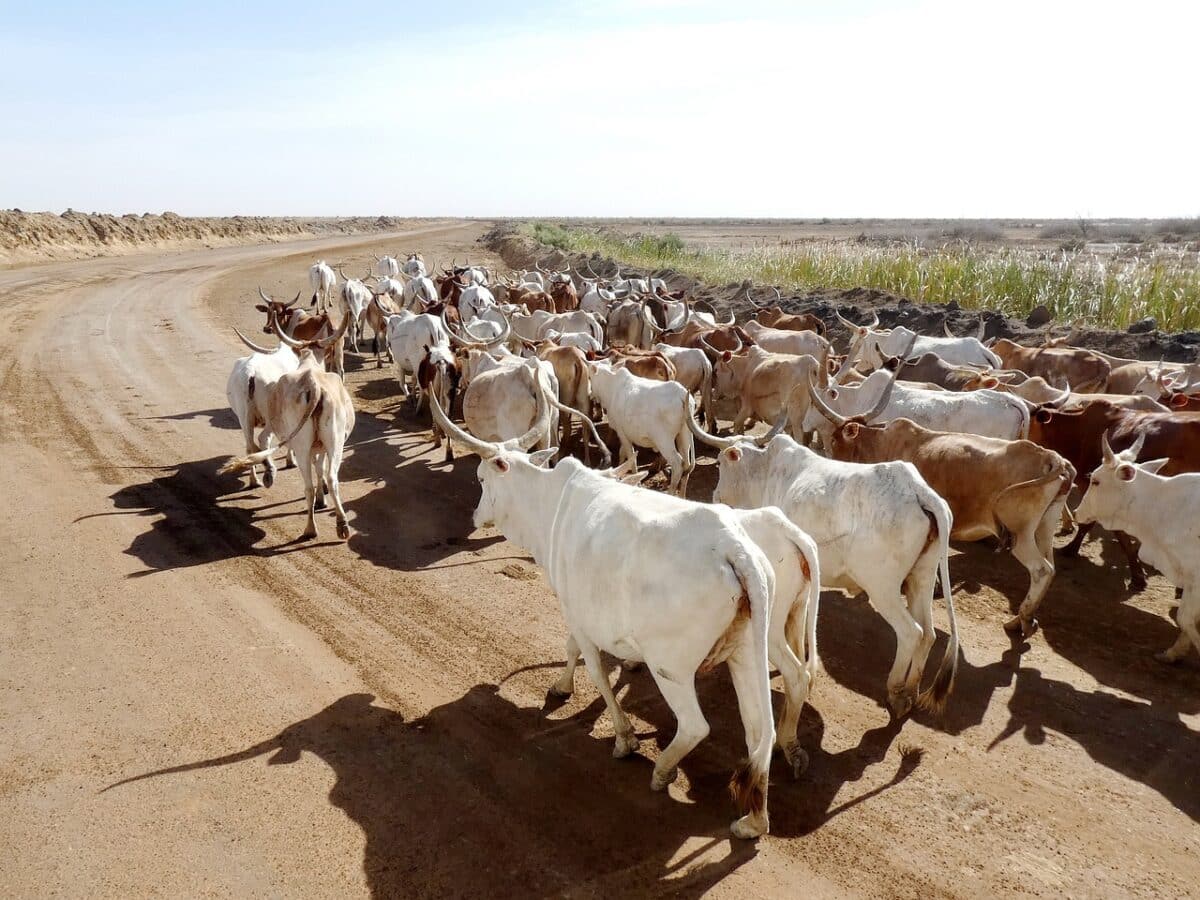
Zebu is an ancient breed that has been around for centuries. It offers a variety of advantages to its owners, making it a great choice for anyone looking to raise livestock.
One of the benefits of owning a Zebu is its adaptability and hardiness. They are well adapted to living in tropical and subtropical climates and can survive on relatively small amounts of food and water. It makes them ideal for farmers who have limited resources.
Additionally, they are more resistant to certain diseases than other breeds. As a result, they can often survive harsher conditions than different types of cattle.
Another benefit of owning a Zebu is their docile temperament. They are generally easier to handle than other breeds. This makes them great for farmers or ranchers who don’t have much experience with cattle handling. It also means that they can often be used as draft animals without too much difficulty.
Finally, Zebus are known for producing high-quality beef with a unique flavor compared to other types of meat. The heart is typically leaner and more flavorful than other types. Consequently, it is highly sought after by consumers who want something different from what they usually find in grocery stores or restaurants.
Overall, there are many benefits to owning a Zebu – from their hardiness and temperament to their tasty meat – that make them an excellent choice for anyone interested in raising livestock.
With proper care and maintenance, these animals can provide years of reliable service while offering numerous advantages over other species.
How to Care For Your Zebu
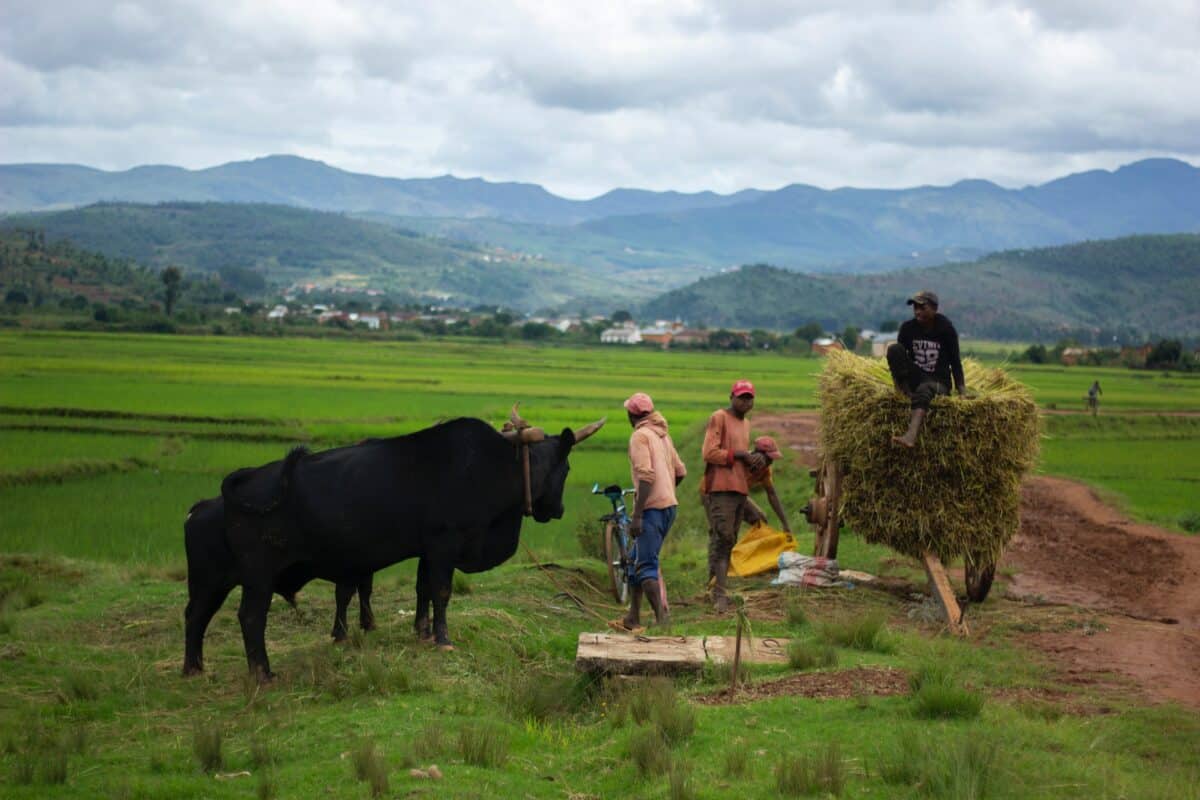
#1 Feeding
Zebus are grazers and like access to plenty of grass when possible. They also need hay or silage, plus concentrated feed (such as cornmeal) for proper nutrition. Never feed them anything with mold or mildew, as this can be toxic to them. A mineral supplement should also be added to their diet from time to time.
#2 Housing
Zebus prefer to live in areas with plenty of shade and good air circulation. Make sure their pens have these features built in. When the weather gets cold, please provide them with extra bedding or blankets to keep them warm.
#3 Healthcare
Like all animals, Zebus need regular preventative health care such as vaccinations and deworming. Have your veterinarian check for external parasites and other conditions that can affect their health. Other medical issues include foot rot or mastitis (inflammation of the mammary glands.) Keep an eye out for signs of illness such as lethargy, loss of appetite, or discharge from eyes or nose – if you notice any of these things, contact your vet immediately!
#4 Exercise
Allow your Zebu time each day to roam around in its pen and get some exercise; this will help it stay healthy and strong throughout its life. You can also add enrichment activities like salt blocks, browse boxes filled with fresh grasses/leaves to nibble on, or even balls and toys for them to play with!
Popular Breeds of Zebu
The Brahman is one of the most popular breeds, known for its large size, impressive horns, and distinctive hump between the shoulders. Its characteristic grey or red color makes it easy to differentiate from other cattle. The Brahman has long drooping ears that also make it easy to identify.
The Nellore is another popular breed known for its thick hair coat ranging from reddish-brown to white. It’s often used as a draught animal due to its hardy constitution and strength.
Lastly, there’s the Guerra which is characterized by its large size and black or red coat. This breed can be very aggressive if not properly trained, so it must be handled with care by experienced farmers.
Interesting Facts about the Zebu
- The Zebu is a humped-back cattle breed originating from India. It is now found primarily in tropical and subtropical regions, including parts of Africa, the Middle East, and South Asia.
- Zebu are known for the large humps on their backs, which are filled with fat deposits to help them survive times of drought.
- They can also be identified by their large dewlaps, floppy ears, and large horns that often curve outwards.
- The Zebu’s long history has led to its use in various capacities, from transport to agriculture and, more recently, as show cattle.
- While many cattle breeds have been developed from the Zebu, it remains the most common type in their native regions.
- Zebus are highly resilient animals with a high tolerance for heat and disease resistance, making them ideal for farmers in tropical climates.
Key Points
| They are well adapted to living in tropical and subtropical climates and can survive on relatively small amounts of food and water. |
| Zebus are highly resilient animals with a high tolerance for heat and diseases, making them ideal for farmers in tropical climates. |
| Zebus can live up to 20 years if well cared for. This makes them a valuable economic and social asset throughout many communities worldwide. |
| They are grazers that mainly eat grass, but their diet also needs to be supplemented with hay, cornmeal, and minerals from time to time. |
Conclusion
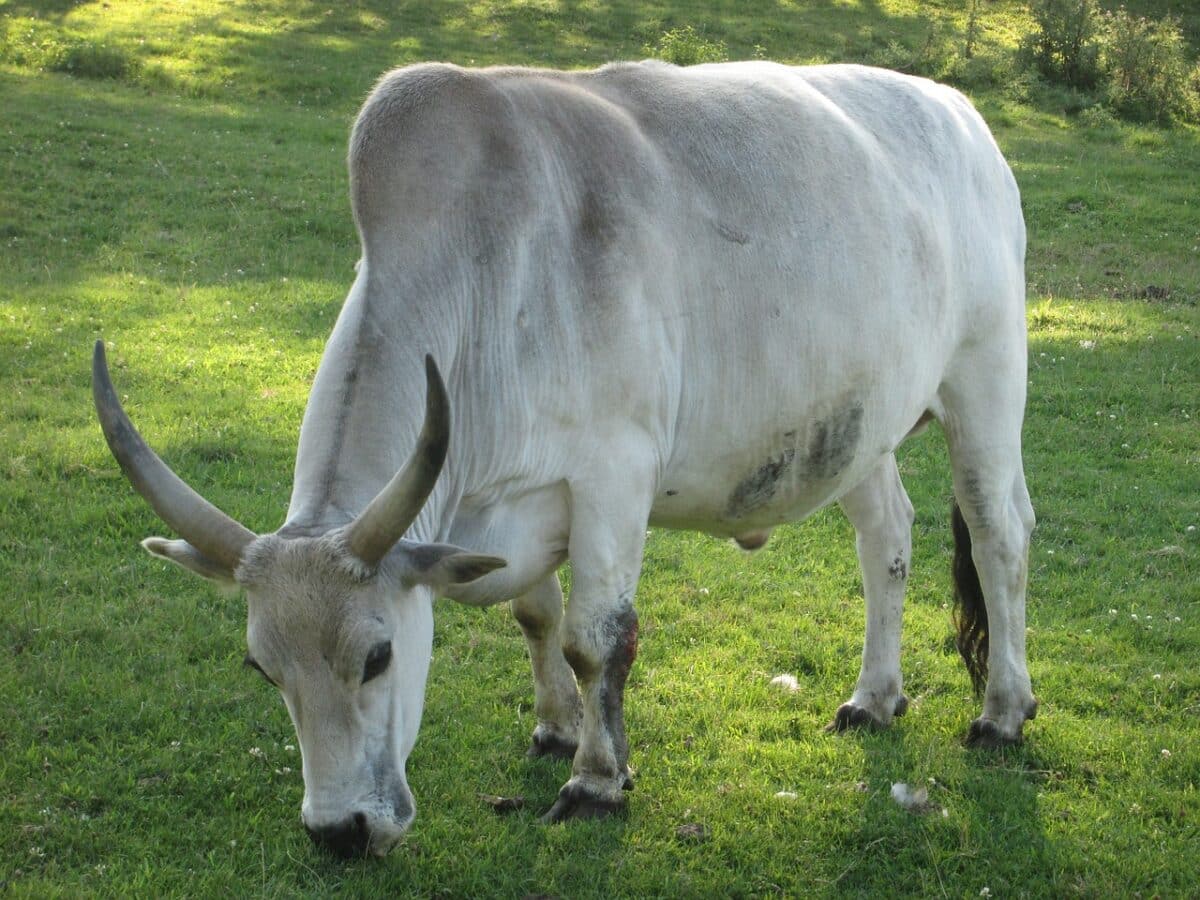
Ultimately, Zebu cattle make a great investment for those looking to start farming. Color-wise, these unique breeds come in shades of red, gray, white, and brown.
Moreover, they’re adapted to living in tropical climates and can survive on minimal food, so vast amounts of grazing land are not essential. Zebu also produces milk with a higher calcium content, making it even more nutritious than other dairy cows.
All in all, the Zebu is a cost-efficient breed with many benefits for livestock farmers. Considering all these points, investing in Zebu cattle is a great choice for those looking to grow their own healthier beef or dairy stock.
If you have the knowledge and ability to care for these animals properly, you will be well rewarded with the fruit of your labor.
Thank you for reading this article! If this was up your alley, you’ll probably also like Meet the Sheep That Showed That Cloning Is Possible.
Join our Forum for free today!


